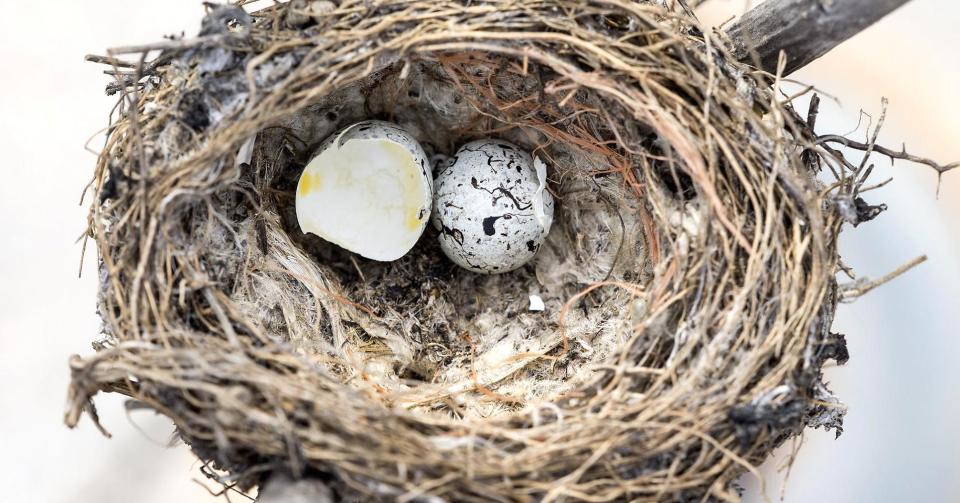Here's how much you REALLY need to retire

I remember when I first began working I was disappointed that so much of my income was going into my super.
I thought, ‘why can’t I just have it now? I can’t even comprehend my retirement, let alone plan for it’.
The harsh reality though is that, if you don’t own your own home, a trap which more and more Australians are now falling into, life on the Age Pension isn’t much chop, from a financial perspective.
Also read: 9 ways to outperform slow property markets
To avoid that, you need to ensure you’re properly funding your retirement nest egg right from the word go.
So, what are we aiming for?
The Association of Super Funds of Australia suggests about $25,000 would be enough for an individual, and $30,000 for a couple to live on “comfortably” for 20 years in retirement – which is the Age Pension plus $3,000-$5,000.
However, if you want a life in retirement where you can afford to eat out more often, or you want to have some holidays, the Centre for Independent Studies suggests need $40,000 per year in income.
Also read: Mortgage lending plummets to four-year low
To get to that level, you would need to be earning $15,000 to $20,000 from your super, in addition to the Age Pension.
To get that much over the course of a 20-25 year retirement, you’re probably looking at a little over $500,000 in your super balance at retirement.
Of course, if you retire with a $1 million nest egg, you can live on $100,000 a year for 10 years.
The bottom line: if you want to maintain a similar lifestyle in retirement to the one you enjoy now, you’ll need to create an income stream that will afford you that lifestyle.
Also read: Will women-focused coworking spaces fix Rich List inequality?
You don’t need to be rich
An important point to make however is that, even though you need a big lump sum to begin with, you don’t need to be earning $100k plus to be enjoying the sorts of lifestyle benefits that someone of working age enjoys on that salary now.
Why? Simple really. When you retire, your expenses fall significantly. The government also subsidises your healthcare. So you don’t need to earn as much in retirement.
If you own your own home, Grattan Institute modelling shows that, even after allowing for inflation, most workers today can expect a retirement income of at least 91 per cent of their pre-retirement income – well above the 70 per cent benchmark endorsed by the OECD.
Wake up call to save more for retirement
But that doesn’t mean you can relax about your super.
The Centre for Independent Studies wants to encourage younger Australians to pay more attention to their super.
The research house was out and about last week warning Australians about how little super they could end up with.
Also read: 6 things investors shouldn’t worry about
“At the moment, two out of every five people who retire, at the age of 65, have no superannuation at all,” research fellow Simon Cowan said.
“The median balance for a person in retirement is zero.”
“There’s a significant core of people that have no super at all.”
Researchers say single, older women are more likely to fall into this category.
Home ownership the biggest threat to retirement savings
The biggest wild card in all of this is home ownership.
Most of the “easy living” in retirement assumes Australians own their own home
There are some pretty dire predictions from research houses like the Centre for Independent Studies and the Grattan Institute warning that as many as half of all retirees won’t own a home by 2050.
Given living standards fall heavily in retirement when you don’t own a home, and have to rent, or you continue to pay off a hefty mortgage, it’s worth while figuring out how you can avoid landing in this category.
Also read: Solving the biggest problem with traditional financial advice
Investing to avoid later pain
For mind, the real lesson in all of this is, even if you can’t put much into super through your working career, it’s worth topping up your balance at least regularly throughout your working life.
The Age Pension simply isn’t enough for most people to live “comfortably”. I reckon anything more than the Age Pension is pretty good.
That shouldn’t be too hard to achieve.
@DaveTaylor News

 Yahoo Finance
Yahoo Finance 